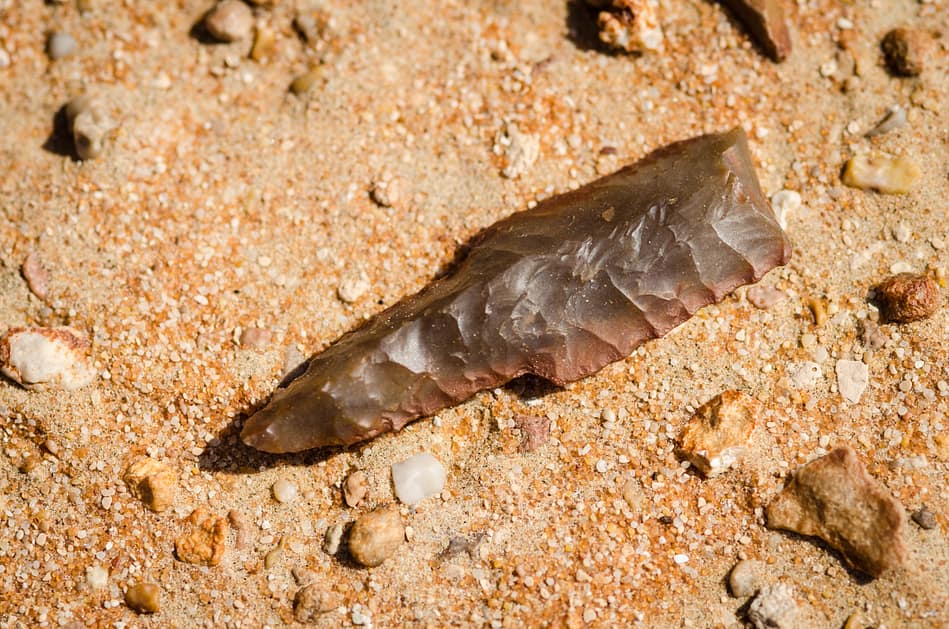Green Arabia-recording lithic artefacts

The Green Arabia project, funded by the European Research Council, the Heritage Commission of the Saudi Minstry of Culture and Griffith University in Australia examines environmental change in the Arabian Desert over the last one million years. The project, headed by Michael Petraglia, Director of the Australian Research Centre of Human Evolution (https://experts.griffith.edu.au/28674-michael-petraglia) is pioneering interdisciplinary archaeological research in Saudi Arabia to study the effect of environmental change on early humans and animals that settled or passed through the desert, and how their responses determined whether they survived or died out.
Remote sensing has indicated that the Arabian Peninsula was once criss-crossed by a network of rivers, and up to 10,000 lakes were present. Surveys of some of the lakes have now recovered archaeological sites ranging over the last 500,000 years, demonstrating that early humans migrated into the region during wet periods, when there were permanent water bodies, grasslands and woods. Fossils also indicate the presence of elephants, hippos, oryx and a range of carnivores.
Though some assume that human and mammal communities decreased in number or even went extinct during arid and hyper-arid periods, further research must be conducted to understand the interplay between environmental change and human history. The Green Arabia project consists of an international and interdisciplinary group of scholars from a range of disciplines (archaeology, geochronology, earth sciences, palaeontology, remote sensing, genetics, rock art studies) conducting surveys and excavations in Saudi Arabia through a series of targeted spot samples throughout the kingdom.
Our own small team, travelling across Arabia from east to west will continue the work we started back in 2016 when we crossed the Rub Al Khali from south to north. Now, as then, we will photograph, measure, and record the location of every lithic artefact (such as flint arrowheads, spearheads, scrapers and other stone tools) we observe on the desert floor, and share those results with the team at Green Arabia to add to their database and knowledge of past human activity.

